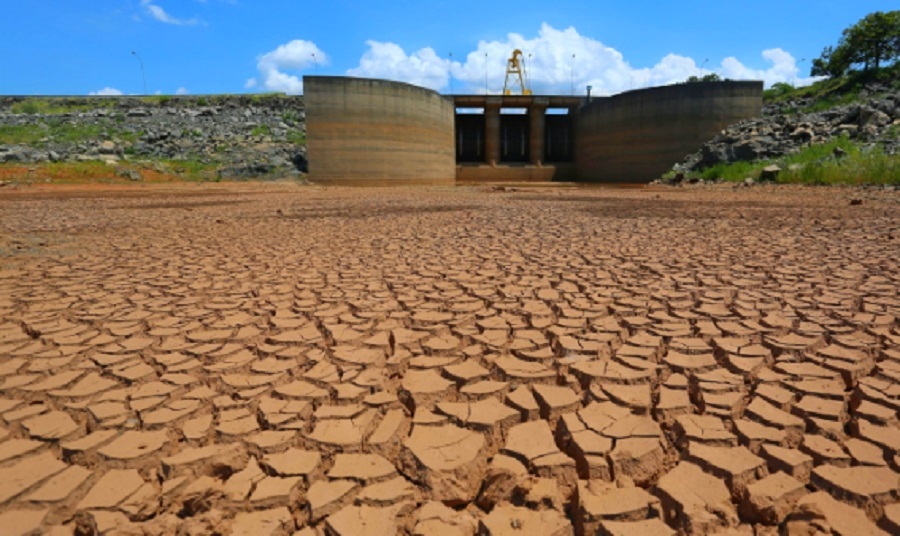RIO DE JANEIRO, BRAZIL – Brazil is on the verge of power rationing and major blackouts, and will need to rely heavily on the import of energy from Uruguay and Argentina over the next month until the rainy season begins and reservoirs refill.
This is likely to overburden the whole continent, as countries like Chile also expect to rely on Argentine gas to cope with their own water crisis.

South America, in many ways, has been at an advantage when it comes to the energy transition. Brazil has relied on hydroelectric power plants for decades and would typically use the source for over 60% of the country’s electricity. But climate change is interfering with this dynamic as prolonged and worsening droughts hit the region, making hydroelectric power increasingly unreliable.
Now the continent will have to compete for natural gas as an alternative fuel, as will many countries, with Europe and China also facing energy shortages.
As export demand has increased, gas prices have skyrocketed. Futures contracts traded in New York have more than doubled this year. In Asia, prices for liquefied natural gas, which is exported worldwide, have multiplied fivefold since April to a record high.
The timing could not be worse. South America is still trying to overcome the economic shock of the pandemic, and rising food and electricity costs could exacerbate poverty and accelerate emigration to the United States and other wealthy nations. The energy crisis has become a major political sore for President Jair Bolsonaro, whose popularity is plummeting ahead of elections next year.
“There could be a populist rush” to lower costs, said consultancy Rystad Energy’s vice president for Latin America Schreiner Parker.
The level of hydroelectric plant reservoirs in the Southeast and Midwest regions, which account for nearly 3/4 of Brazil’s installed capacity, plunged to 17% capacity amid the worst drought in 91 years. Itaipu Binacional’s power generation volume is at its lowest level since 1993 on a year-on-year basis.
Yet the energy situation in Latin America is not uniform. While in Brazil and Chile the crisis is more pronounced, Colombia has energy to spare.
Due to the La Niña climate phenomenon, which increased rainfall in northeastern South America, the level of Colombian reservoirs rose to a historic high of 86%, almost double the level recorded a year ago. Hydroelectric generation accounts for up to 3/4 of the country’s energy matrix. “That means that the price of electricity has been basically zero for the past 3 months on the spot market,” Colombia’s Minister of Mines and Energy Diego Mesa said Thursday.
But for Brazil and other countries, the situation could become even more challenging.

